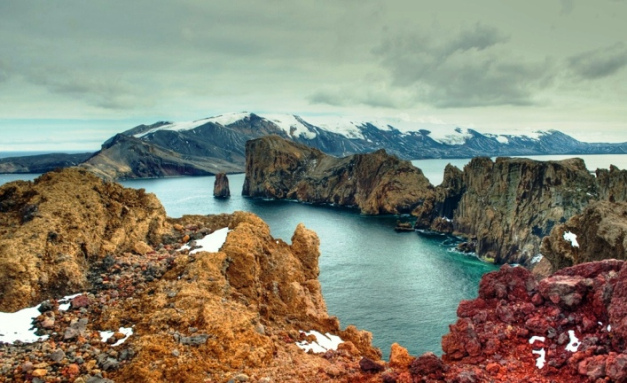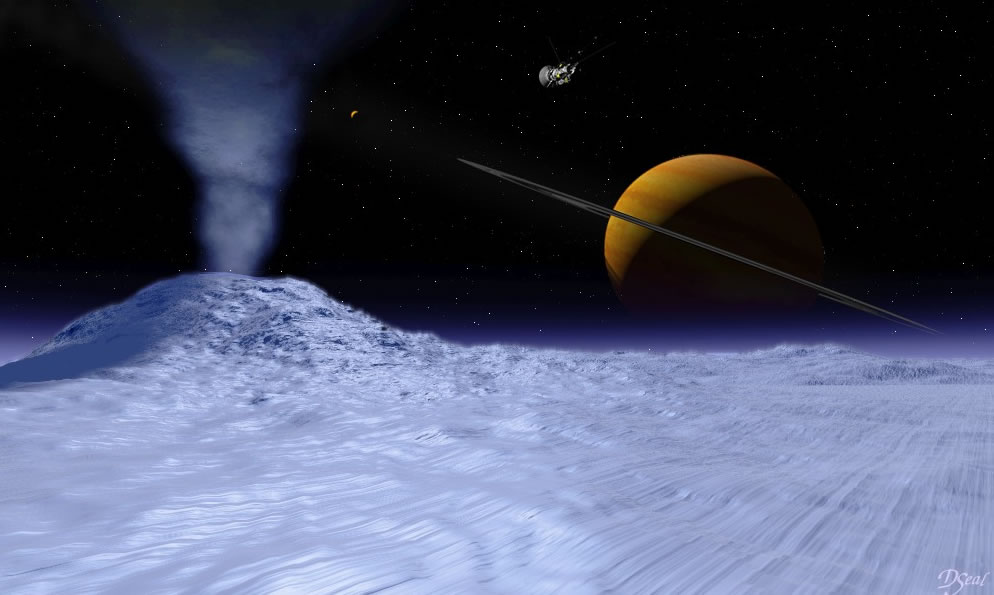
Even the name sounds intriguing. Deception is a ring shaped island near the tip of the Antarctic peninsular, with one of the safest natural harbours in the world. It is the remains of a collapsed volcanic cone.
To access the harbour you have to sail through a 230 metre wide break in the volcano wall, called Neptune’s Bellows. It is quite a dangerous passage due to Ravn Rock lying in the centre of the channel just 2.5 m below the water.
The harbour is about 12km wide and was used by the early sealers as a base. The island was used by whalers from the start of the 1900’s till 1931, then abandoned. Australian explorer Hubert Wilkins (https://bit.ly/2xbgUTZ) flew the first flight in Antarctica and the first flight along the Antarctic Peninsular from a runway here in 1928. On his return he accepted the hospitality of the Norwegian whalers.
While these same whalers were indulging themselves in New Year’s Eve reveries, two of them climbed on to a bloated whale carcass that had been building up gas internally. One of the sailors stabbed his flensing knife into the dead whale and the resulting explosion catapulted the men into the harbour where they had to be rescued by their less drunk companions. Whales revenge perhaps 🙂
There is still a significant volcanic risk on the island. The collapsed caldera of the volcano is the result of an explosion 10,000 years ago but the activity continues. In 1923 water at Port Foster boiled and the floor of the harbour dropped three metres as the result of an earthquake. In 1967 two eruptions resulted in the evacuation of the Argentine, British and Chilean research stations. The Chilean base was destroyed and a few years later the British station was damaged. There are areas there today where there is geothermally heated water where you can bathe.
There is still a lot to see there including the remains of whaling stations and research bases as well as wildlife. Not to mention the natural beauty of the place.
A proxy for Mars
At Deception Island, volcanoes and glaciers lie pretty close to each other so you get dramatic temperature differences over a relatively short distance. Near active fumaroles (openings near the volcano), the temperatures can reach 100 degrees Celsius. On the glaciers temperatures drop to 0 degrees Celsius.
These temperature differences make Deception Island interesting as a proxy for extraterrestrial environments such as the extinct volcanoes of Mars and the cryovolcanoes of Enceladus. (Enceladus is the sixth-largest moon of Saturn and cryovolcanoes, when they erupt, eject water, ammonia or methane, instead of molten rock).

Researchers recovered microorganisms on the island that have the ability to survive under very hot conditions beyond their normal growing range. They isolated these microbes and then subjected them to ultraviolet radiation that is present on Mars (UV-C) due to the thin atmosphere. It is not present on Earth, except in man-made sources.
The researchers found that these microbes adapted to surviving under these temperatures by forming spores (which are highly resistant to physical and chemical influences) around their membranes, thus enabling them to live in the extreme range of temperatures.
These spore structures may demonstrate that a similar adaptation strategy is possible to enable the survival of microbial life on other planets, moons and asteroids.
The Quest for oil
A recent theory suggests that the South Shetland Islands may be a rift zone, a place where continental plates meet. Rifts tend to fill up with the remains of volcanic explosions and other sediment and it seems that this process is critical for the production of oil.
Deception has been the focus of Spanish and British geophysical surveys since 2000, but the reasons are somewhat mercenary. Understanding the process of rifting can lead to figuring out how rifts form and where oil might be found (rifting is the reason for the North Sea’s huge oil reserves). However, it is unlikely that oil will be found at Deception Island itself as the oil is not normally located at a rift but further away, so any oil will possibly be located north of Deception. The advantage of Deception Island is that its natural protected harbour allows scientists to observe rift processes in relative protection from the harsh Antarctic weather.

